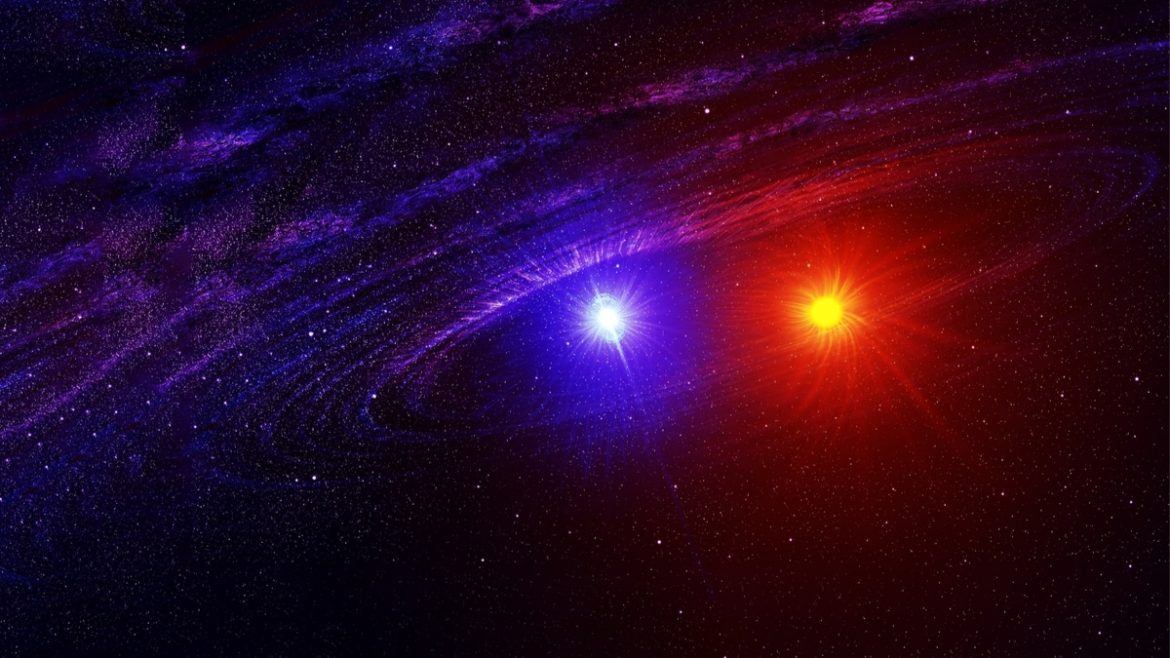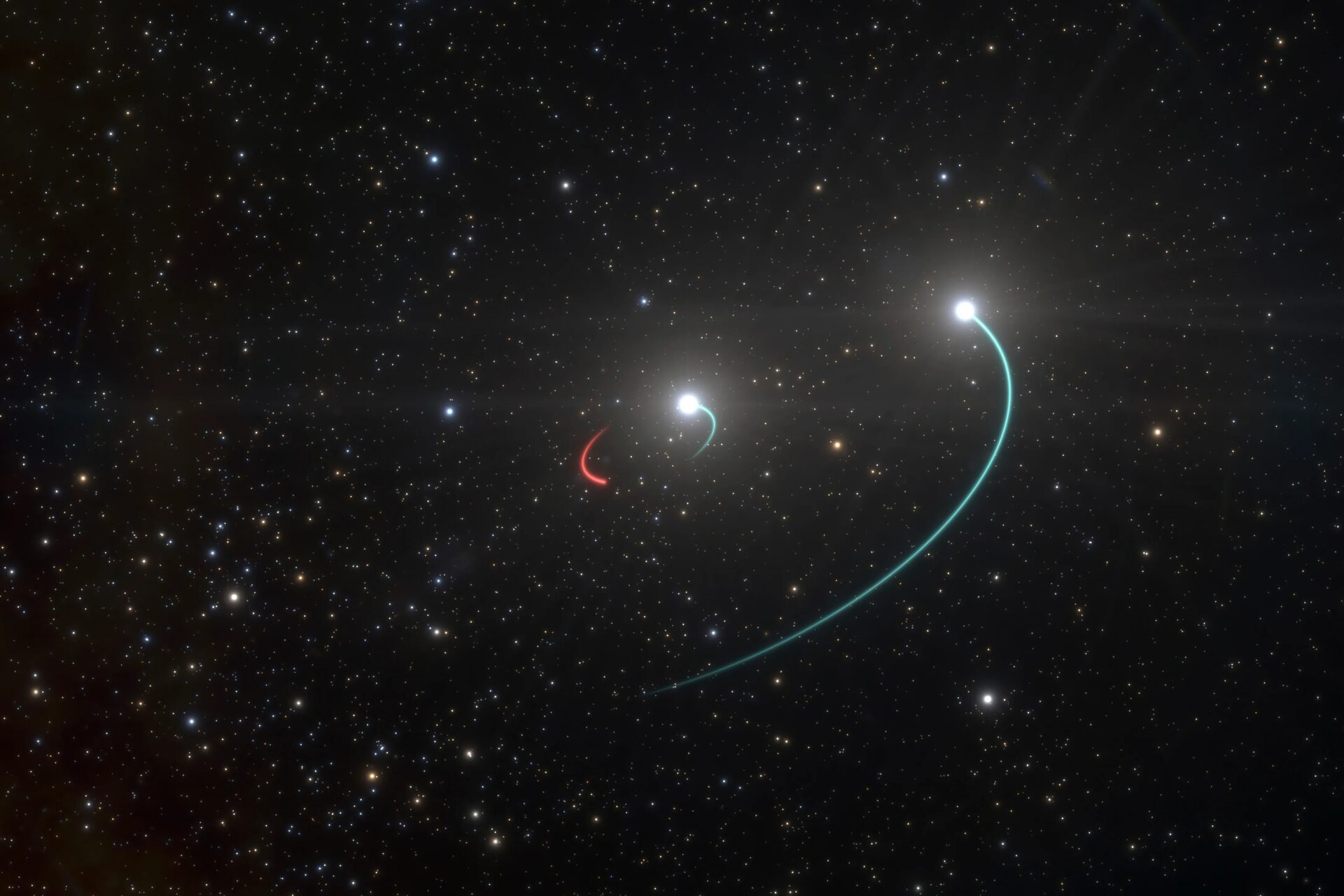Scientists from the University of Copenhagen using the TESS space telescope have discovered a unique triple star system, which they named TIC 470710327. It is located near the constellation Cassiopeia and consists of a pair of stars rotating against each other, as well as another more massive third star that orbits this pair. But the most amazing thing is that according to calculations, there was once a fourth star in this star system, which one of the “sisters” swallowed to become huge, Space reports.

Triple star systems are not uncommon in the Universe. It is believed that approximately 10% of all star systems are triple. Last year, in one of these systems, scientists even discovered an exoplanet orbiting three stars for the first time. But this system is unique in that it was once a “quad”, and such are quite rare. Moreover, TIC 470710327 is the only known triple system in which the velocity of stars orbiting a common center of mass is extremely high: they make one orbit in one Earth day; the third star makes a complete orbit around the central pair in 52 days. This speed of movement is very strange, because it is too large for stars of such a great size. This means that the mutual gravitational pull of these stars is much stronger than in the systems known to science.
How did this triple star system form?
Scientists were interested in the unusually large size of the third star, located separately from the central pairs. Therefore, they decided to find out how such an unusual triple star system was created.

“At first we assumed that the outermost star appeared first, and then the other two appeared. But in this case, the star took all the gas and there would be no possibility for the formation of the other two. Then we assumed that all three stars appeared together and gradually attracted to each other, but this option was also rejected, since the more massive star in this case should be in the center of the system, and not outside,” says Alejandro Vigna-Gómez from the University of Copenhagen.
Only after another simulation, scientists came to the conclusion that the triple star system TIC 470710327 originally consisted of two pairs of stars. The first pair remained intact, but as for the second pair, its integrity was violated. This pair of stars was where one big star is now. Scientists believe that in the process of evolution, one star from this outer pair “absorbed” the second took all its stellar matter and therefore became extremely huge – its mass is 16 solar. This happened as a result of the strong gravitation of the two stars to each other.
Researchers will continue to search for the same massive and compact tertiary systems. “What we really want to know is how such star systems are actually distributed in our universe,” study co-author Bing Liu, an astrophysicist at the Niels Bohr Institute, said in a statement.
Earlier we reported on how scientists simulated the merger of a black hole and a neutron star.
Follow us on Twitter to get the most interesting space news in time
https://twitter.com/ust_magazine

